Chinese Name: 华严寺 Pronunciation: huá yán sì
Building Time: 1038
Best Visiting Season: All seasons
Suggested Visiting Hours: 1.5 Hours
Occupied Area: About 66,000 square meters
Address: No. 459 Xiasipo Street, Datong City, Shanxi Province
Building Function: The emperors in the Liao Dynasty (from 907 to 1125) worshipped Buddhism, so it was built for sacrifice.
| Tourists | Peak Season (April 1st to October 31st) |
Low Season (November 1st to March 31st ) |
| Adult | 50 yuan | 40 yuan |
| Child (Under 6 years old or under 1.2m tall) |
0 | 0 |
| Teenager (6-18 years old with valid ID certificate) |
25yuan | 20yuan |
| Senior (Over 60 years old with valid ID certificate) |
0 | 0 |
| Peak Season (April 1st to October 31st) |
Low Season (November 1st to March 31st) |
|
| Opening Hours | 8:30-17:30 | 8:30-17:00 |

Located in the southwest of Datong City, Shanxi Province, the Huayan Monastery was used for sacrifice by emperors in ancient times. It was named after the Buddhist scripture Huayan Sutras.
With the rigorous layout, unique structure and magnificent decoration, it is considered to be one of the most exquisite and beautiful ancient architectural temple complexes in China. It is not only the historical and cultural heritage but also the crystallization of Chinese culture. It has been spread for centuries with its precious historical value and unique artistic charm.
With a total area of 66,000 square meters, the Huayan Monastery was originally built in 1038 in the Liao Dynasty; it was rebuilt during the reign of the Jin and Ming Dynasties. In 1961, the temple was announced as one of the first batch of the National Key Cultural Relics Protection Units by the State Council.
The temple is divided into two parts: the upper and lower chambers.
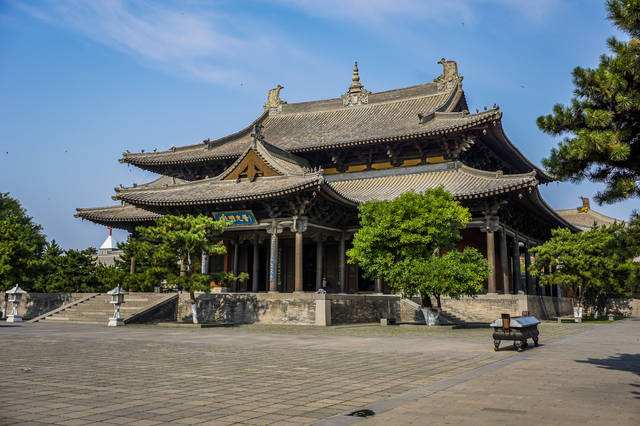
The most famous hall of the upper monastery is the Hall of Sakyamuni. It was first built in the Liao Dynasty (1062 AD). But it was destroyed by fire in 1122 AD. Then the emperor ordered to rebuild the palace on the original site in 1140 AD. The hall, with a total area of 1,559 square meters, is one of the largest of the existing religious Buddha halls of the Liao Dynasty in China. The hall contains five large Buddhas of the Ming Dynasty. The walls are full of painted murals, which mainly show Buddhist legends with high artistic value.
The Lower Huayan Monastery is located on the southeast of the upper temple. It is a place for storing Buddhist scriptures. The main hall in the lower Huayan Monastery is the Bhaga Repository Hall, where the clay sculptures of 31 statues in the Liao Dynasty are enshrined on the central Buddhist altar, among which the Bodhisattva with its hands closed and teeth exposed. The historian Zheng Zhenduo praised it as the "Oriental Venus".
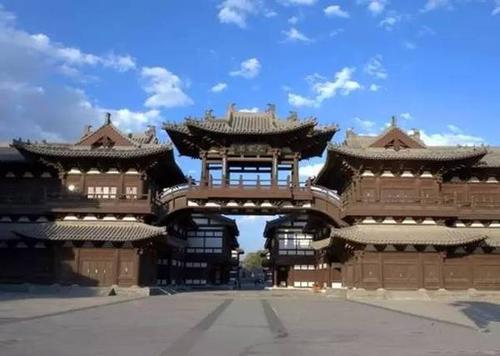
In 1038, the Huayan Monastery was first built in the Liao Dynasty.
In 1140, part of the temple was destroyed and rebuilt due to the war at the end of the Liao Dynasty. Datong was the secondary capital in the Liao and Jin Dynasties. Therefore, the temple was valued by the royal family.
After the fall of the Jin Dynasty, the Huayan Monastery was once again in ruins, and the Huiming monk organized a second large-scale renovation. The main hall and kitchen were renovated and hundreds of bathrooms, pharmacies and houses were built. During the war at the end of the Yuan Dynasty, the temple was destroyed again.
In the early Ming Dynasty, monasteries were confiscated for official property. After the efforts of several monks, the Huayan Monastery has revived again, and the statue has been preserved up to now. After the middle of the Ming Dynasty, the Huayan Monastery was divided into upper and lower temples.

At the beginning of the Qing Dynasty, the Huayan Monastery was destroyed by war again, and only the Daxiong Palace and the Bhaga Repository Hall survived. In the Qing Dynasty, the rest of the palace was rebuilt, but the scale and structure were much less than those of the previous dynasties. At the end of the Qing Dynasty, the Huayan Monastery was desolate.
After the foundation of the People's Republic of China, the government attached great importance to the protection of Buddhist cultural heritage. In 2008, the Datong Municipal Party Committee and the municipal government carried out comprehensive maintenance of the Huayan Monastery and merged the upper and lower temples into one temple.
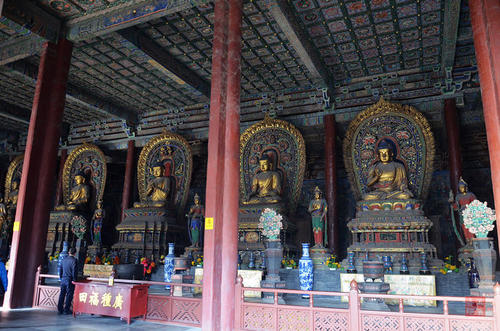
The Arhats Hall is divided into two worship halls that are simple and pure. There are sixteen seated arhats who dressed in robes. They get enlightenment from the Buddha and are respected by people. There are also many murals in the hall, with characteristics based on the artistic images of classic works of the Southern Song Dynasty. Some new murals are also created based on the actual size of the walls in the Arhats Hall. Moreover, the murals in the temple are very dramatic, combining the daily life of monks with Buddhist doctrine.
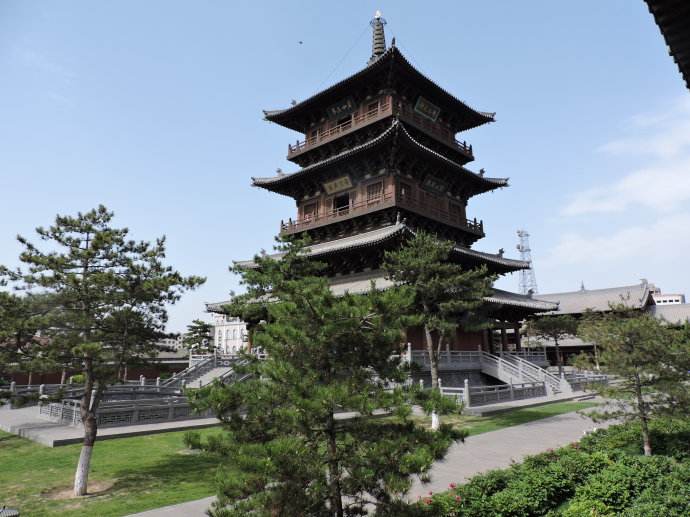
The Huayan Pagoda is a wooden pagoda built in ancient times. It was a landmark building in the ancient Datong. The Pagoda, with a total height of 43 meters, is made of 100 tons of pure copper. There are statues of Sakyamuni Buddha, Guanshiyin Bodhisattva, and Jiao Bodhisattva that are carved in sandalwood inside the tower. The underground palace in the pagoda consecrates more than 1,000 Buddha statues, which are resplendent. So it is also known as the "Underground Palace of 1000 Buddhas".
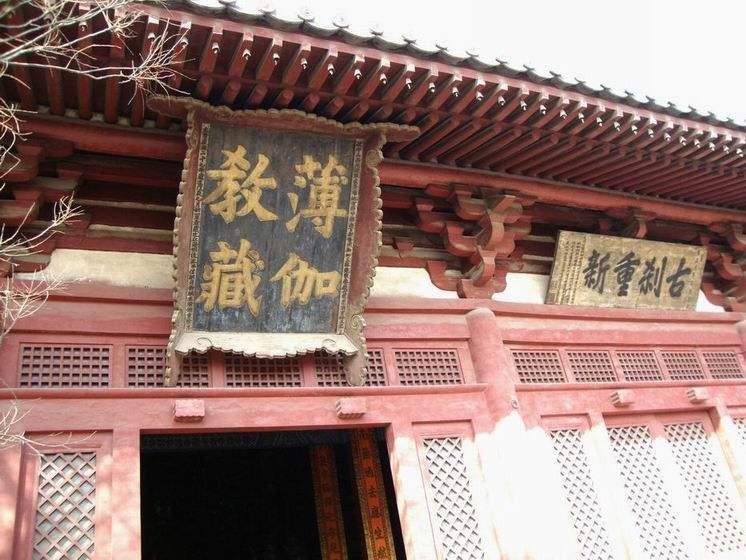
The main building of the lower temple is the Bhaga Repository Hall, which was built in the Liao Dynasty (1038). It is the oldest building of the Huayan Monastery and is used to store Buddhist scriptures. The hall is full of colorful cultural relics, which are of high artistic value. Therefore, it is honored as "an Art Museum of the Liao Dynasty". This hall is also a rare wooden work of the Liao Dynasty, which amazed famous Chinese architect Liang Sicheng. And he praised it as "a unique piece of art".
Take bus 38 or 61 and get off at Huayansi Station (Huayan Monastery).
Take bus 2, 7, 15, 18, 21, 26, 27, 28, 38, 61, or 601 and get off at Wedudadao Yingzejiekou Station.
Chinese: 请带我去华严寺。English: Please take me to the Huayan Monastery.
If you go to the Huayan Monastery from the Datong Railway Station, it takes about 20 minutes (about 11 yuan).
If you go to the Huayan Monastery from the Datong Yungang Airport, it takes about 40 minutes (about 40 yuan).
If you go to the Huayan Monastery from the Datong South Railway Station, it takes about 30 minutes (about 25 yuan).
